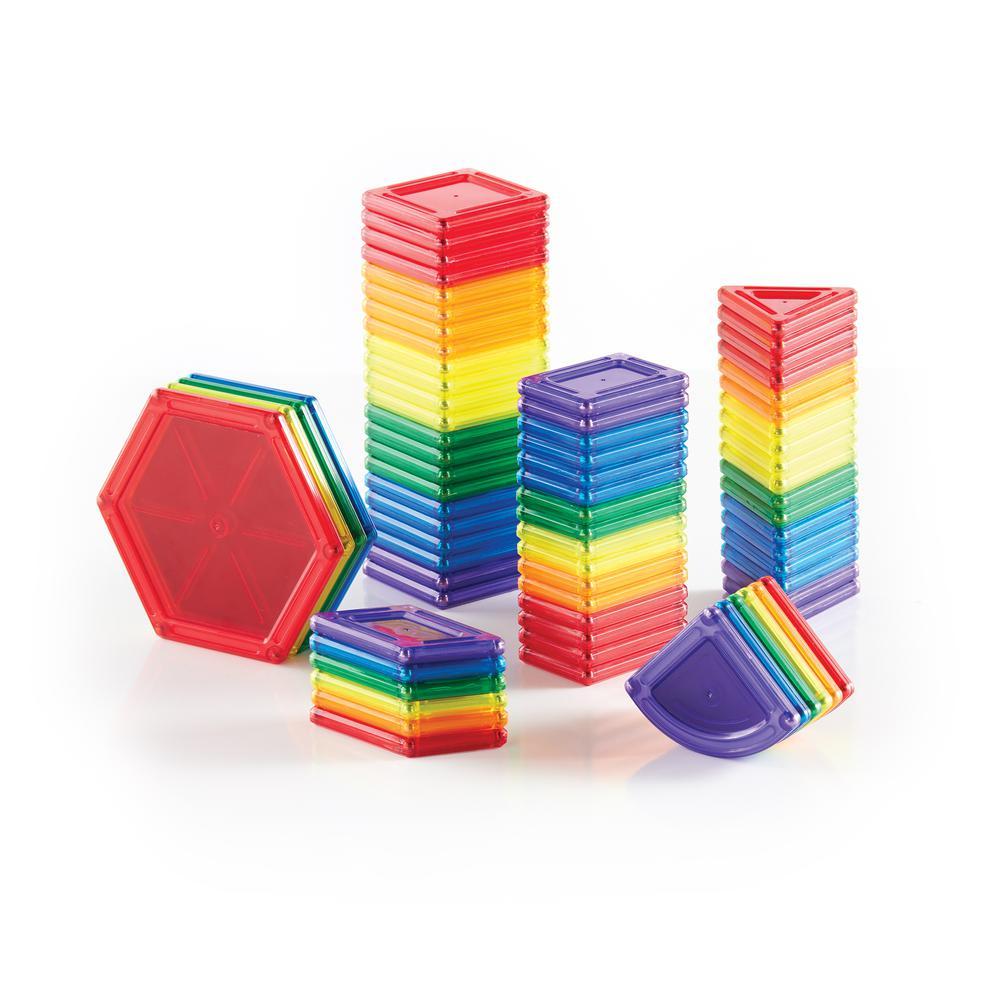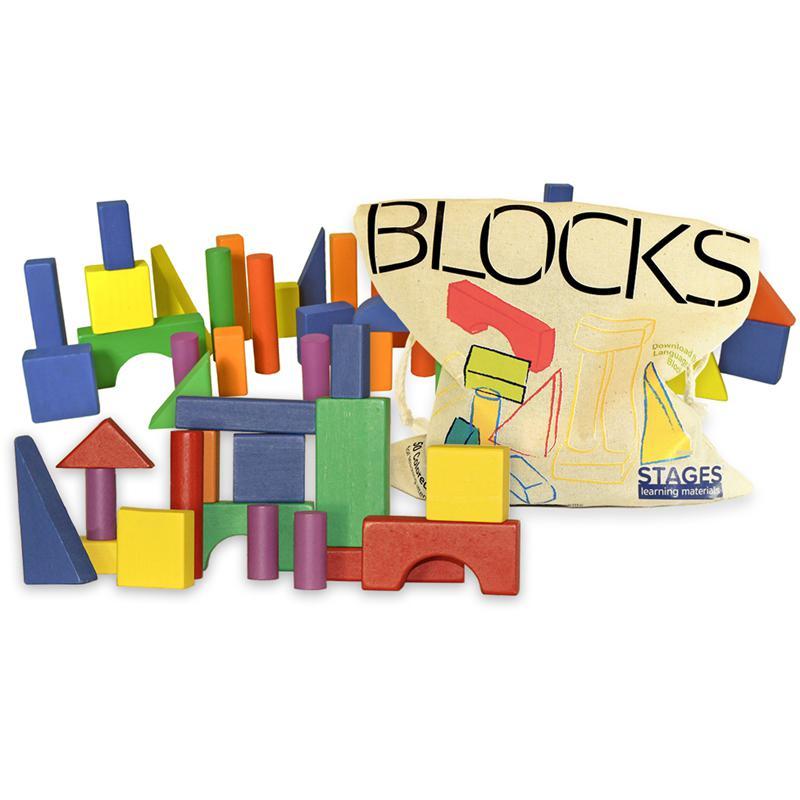
In today’s fast-paced digital world, it’s easy for parents to be drawn to flashy electronic toys and gadgets for their children. Amidst the technological marvels, the timeless appeal of classic toys like blocks and tiles remains unmatched. These simple, yet versatile playthings offer a myriad of benefits that contribute significantly to a child’s development. Let’s explore the numerous advantages of incorporating kids’ blocks and tiles into your child’s playtime routine.
Blocks and tiles provide a blank canvas for a child’s imagination to flourish. As they build and create their own structures, children learn to think outside the box and explore their creative potential. Whether constructing a towering castle or a sprawling cityscape, these toys allow for endless possibilities, fostering a sense of innovation and creativity.
The manipulation of blocks and tiles requires precision and coordination, helping to refine a child’s fine motor skills. From picking up smaller pieces to carefully placing them in position, these activities contribute to the development of hand-eye coordination and control. These skills are essential for later tasks such as writing and other detailed activities.

The act of stacking and arranging blocks or tiles helps develop a child’s cognitive abilities. From spatial awareness to problem-solving skills, these activities stimulate the brain and encourage logical thinking. As children experiment with different combinations, they enhance their understanding of shapes, sizes, and proportions.
Blocks and tiles are excellent tools for fostering social interaction and cooperation among children. Whether collaborating on a large construction project or engaging in imaginative play together, these toys promote communication, teamwork, and the sharing of ideas. Such social interactions contribute to the development of crucial social skills from an early age.
Without even realizing it, children absorb fundamental mathematical concepts through play with blocks and tiles. Counting pieces, recognizing patterns, and understanding basic geometry are inherent to building structures. This early exposure lays a solid foundation for more advanced mathematical learning in the future.
Successfully building a structure, no matter how simple, gives children a sense of accomplishment and boosts their self-esteem. Moreover, encountering challenges during play helps them develop perseverance and resilience. The trial-and-error nature of block and tile play encourages children to keep trying until they achieve the desired result.

In an era dominated by screens and digital devices, blocks and tiles provide a refreshing, screen-free form of entertainment. Offering a break from passive entertainment, these toys engage children actively, promoting a healthy balance in their playtime activities.
In conclusion, the humble blocks and tiles stand as powerful tools for childhood development. From cognitive and motor skill enhancement to fostering creativity and social skills, these timeless toys offer a wealth of benefits. As parents, educators, and caregivers, embracing the simplicity of blocks and tiles can contribute significantly to a child’s holistic growth, laying the foundation for a bright and well-rounded future.
